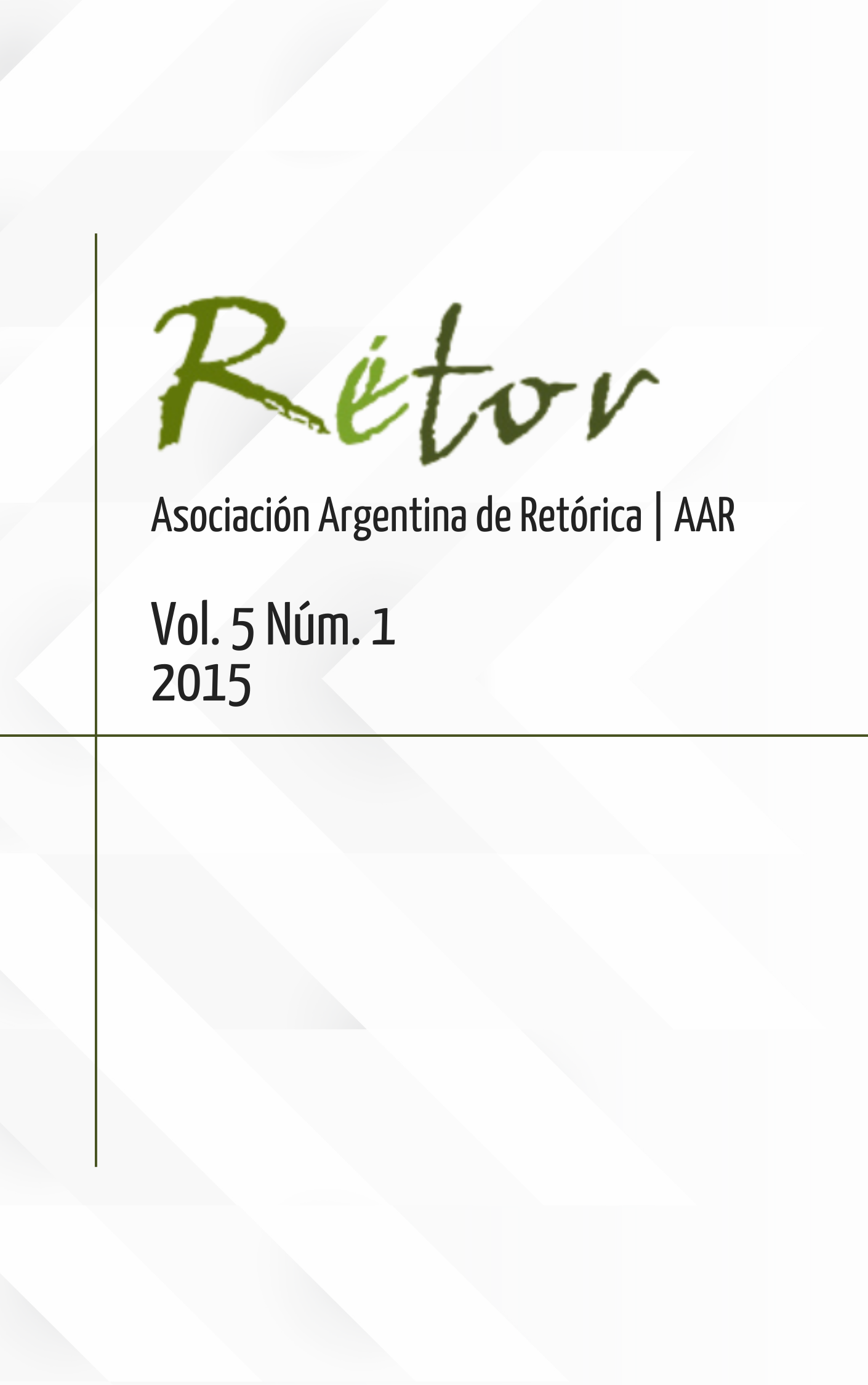The gost hero
Main Article Content
Abstract
This article aims to explore three scenes in Borges’ literature in which the hero shows as: i) a literary mechanism, ii) a device to preserve and heal the memory of a nation, iii) a possible and present use of technology. On the first scene, the myth of the tragic hero is unbalanced and this allows for predicting his non-heroic future. On the second scene, heroic flesh and bone women fight for their children, grandchildren and missing members of their families, who have been kidnapped and have become victims of tragic political circumstances. On the third scene, the war ethos declines and presents us with a new logic manipulated by technologies. Regardless of the type of languages we are dealing with, the hero is insistently thought out as a model figure in the memory of a culture, and also as a figure deconstructing his own positive and historically-bound halo, which becomes thus blurred and eventually turns into a ghost.
Downloads
Article Details

This work is licensed under a Creative Commons Attribution-NonCommercial 4.0 International License.
Las obras se dan a conocer en la edición electrónica de la revista bajo una licencia Creative Commons Reconocimiento-NoComercial 4.0 Internacional. Se pueden copiar, usar, difundir, transmitir y exponer públicamente, siempre que i) se citen la autoría y la fuente original de su publicación (revista, editorial y URL de la obra); ii) no se utilicen para fines comerciales; y iii) se mencione la existencia y especificaciones de esta licencia de uso.

